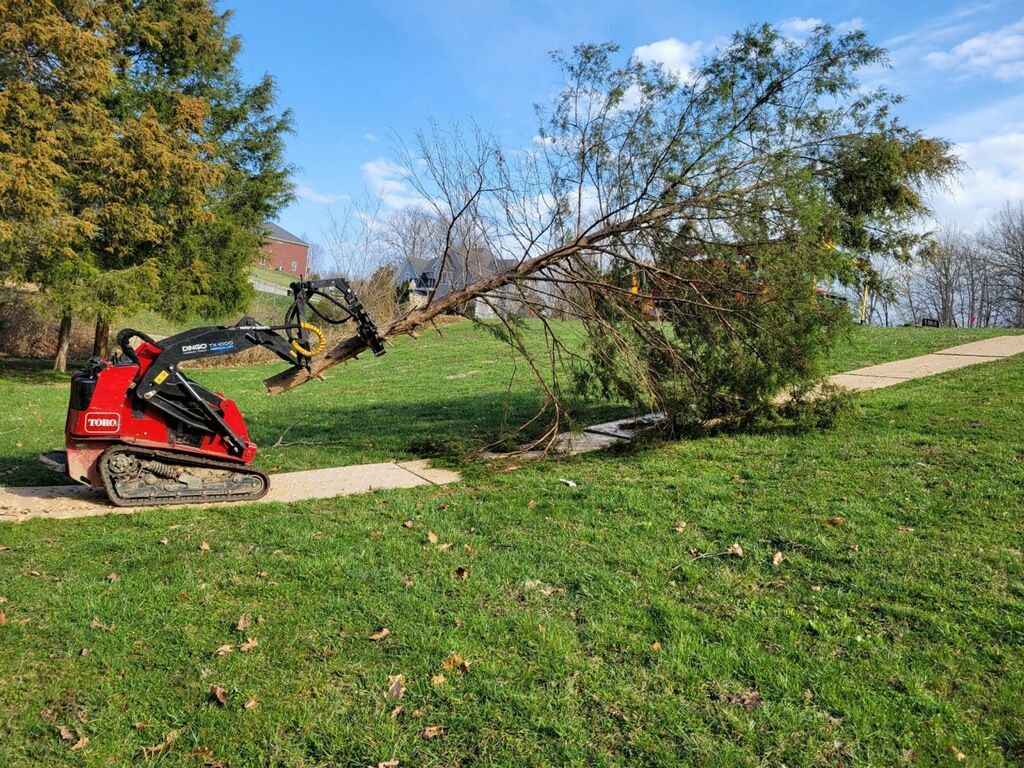Phone: 1-877-323-2252

What Is the Difference Between a Rig Mat and an Access Mat?
In the world of construction, energy, and industrial projects, the terms "rig mat" and "access mat" are often used interchangeably. However, these two types of mats serve different purposes and are designed with specific applications in mind. Understanding the difference between a rig mat and an access mat is essential for selecting the right matting solution for your project. Let's explore the distinctions between these two types of mats.
What Is an Access Mat?
Access mats are versatile, heavy-duty mats used to create temporary roadways, work platforms, and ground protection solutions on various terrains. Their primary function is to provide stable, secure surfaces for vehicles, machinery, and workers, especially in challenging environments.
Common Uses of Access Mats:
- Temporary Roadways: Access mats create safe passage for vehicles over soft, muddy, or uneven ground, ensuring they can reach remote or difficult-to-access sites.
- Work Platforms: These mats provide a stable surface for equipment and personnel, preventing ground disturbance and improving safety.
- Environmental Protection: Access mats minimize ground impact, protecting sensitive ecosystems from damage caused by heavy machinery.
Materials and Design:
- Composite Access Mats: Made from high-density polyethylene (HDPE) or other composites, these mats are lightweight, easy to handle, and resistant to chemicals and weather.
- Size and Thickness: Access mats come in various sizes, often around 8' x 14' or 4' x 8', with thicknesses ranging from 4 to 12 inches, depending on the application.
What Is a Rig Mat?
Rig mats are specifically designed to support extremely heavy loads and provide stability in demanding environments. They are most commonly used in the oil and gas industry, particularly in drilling operations, where they support rigs and other heavy equipment.
Common Uses of Rig Mats:
- Drilling Operations: Rig mats provide a stable foundation for drilling rigs, ensuring they remain level and secure during operation.
- Heavy Equipment Support: These mats are used to support cranes, bulldozers, and other heavy machinery on construction and industrial sites.
- High-Load Environments: Rig mats are ideal for environments where the ground needs to bear significant weight, such as in pipeline construction or mining operations.
Materials and Design:
- Wood and Steel Construction: Rig mats are typically constructed from a combination of heavy-duty wood and steel, providing exceptional strength and durability.
- Reinforced Design: These mats are often reinforced with steel beams to handle the extreme loads associated with drilling rigs and other heavy machinery.
- Size and Thickness: Rig mats are usually larger and thicker than access mats, with dimensions commonly around 8' x 20' or 8' x 16', and thicknesses that can exceed 12 inches.
Key Differences Between Rig Mats and Access Mats
-
Purpose and Application:
- Access Mats: Primarily used for creating temporary roadways, work platforms, and protecting the ground in a variety of settings.
- Rig Mats: Designed specifically for supporting heavy equipment, particularly in the oil and gas industry, and are built to withstand extreme loads.
-
Material and Construction:
- Access Mats: Often made from wood or composite materials, with a focus on versatility, ease of transport, and environmental protection.
- Rig Mats: Constructed from a combination of wood and steel, rig mats are built for strength and durability, capable of supporting heavy, concentrated loads.
-
Size and Thickness:
- Access Mats: Typically smaller and lighter, designed for general-purpose use.
- Rig Mats: Larger, thicker, and more robust, specifically engineered for heavy-duty applications.
-
Cost:
- Access Mats: Generally more affordable and cost-effective for a wide range of projects.
- Rig Mats: Higher in cost due to their reinforced construction and ability to support extreme loads.
Conclusion
While both rig mats and access mats are essential tools in construction, energy, and industrial projects, they serve different purposes and are designed for specific applications. Access mats are versatile, general-purpose mats that provide stable surfaces and protect the environment. In contrast, rig mats are heavy-duty, reinforced mats specifically engineered to support the extreme loads associated with drilling rigs and heavy machinery. Understanding these differences ensures that you choose the right matting solution for your project's needs, optimizing safety, efficiency, and environmental protection.
